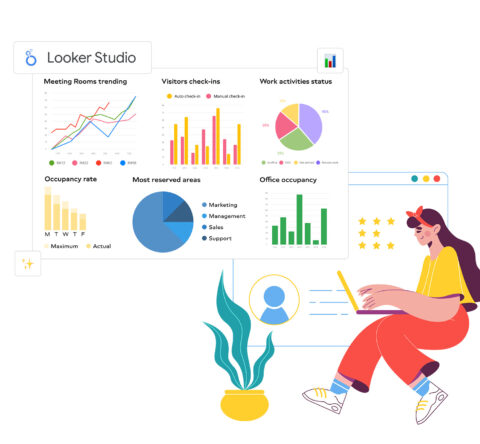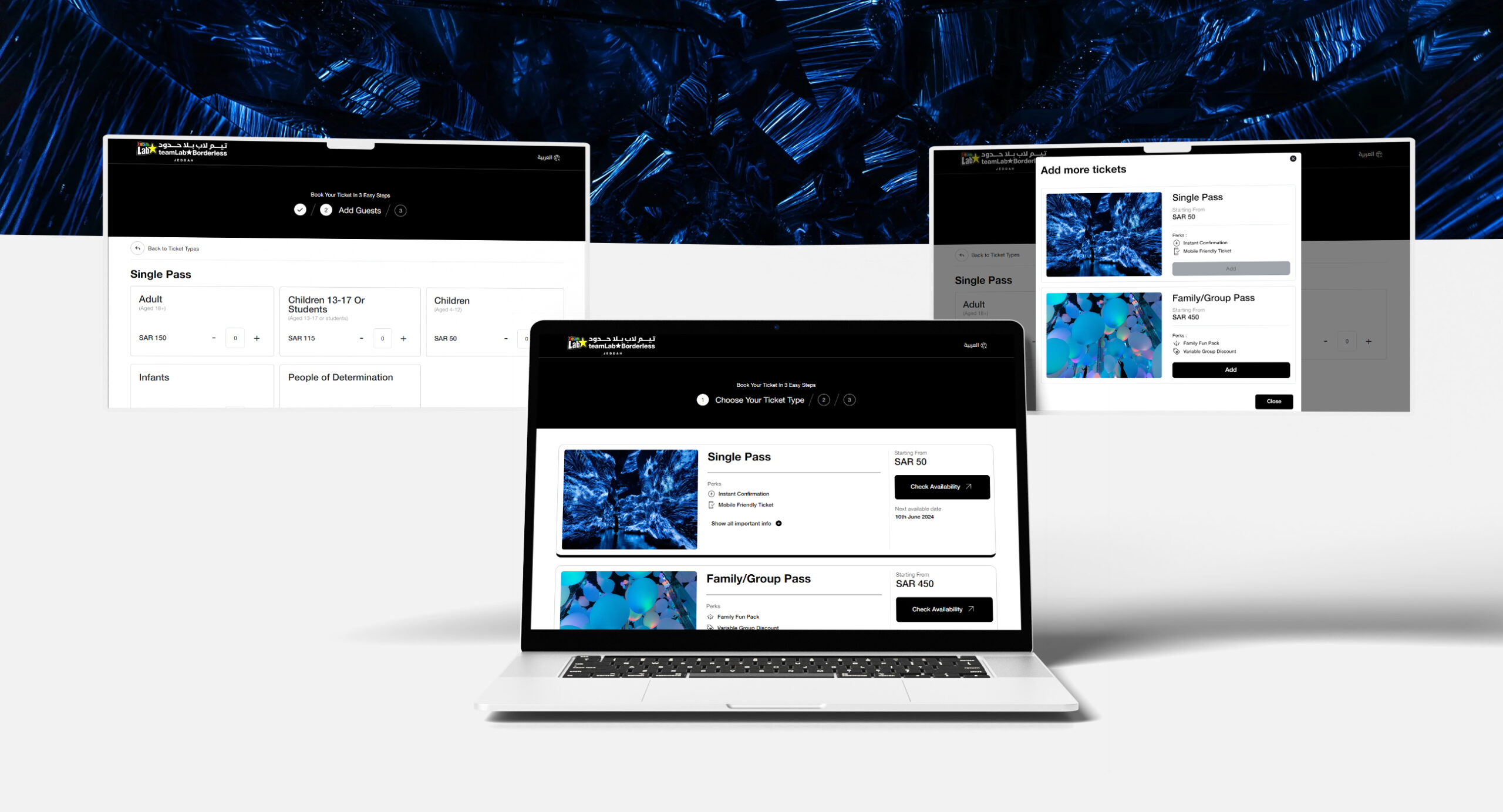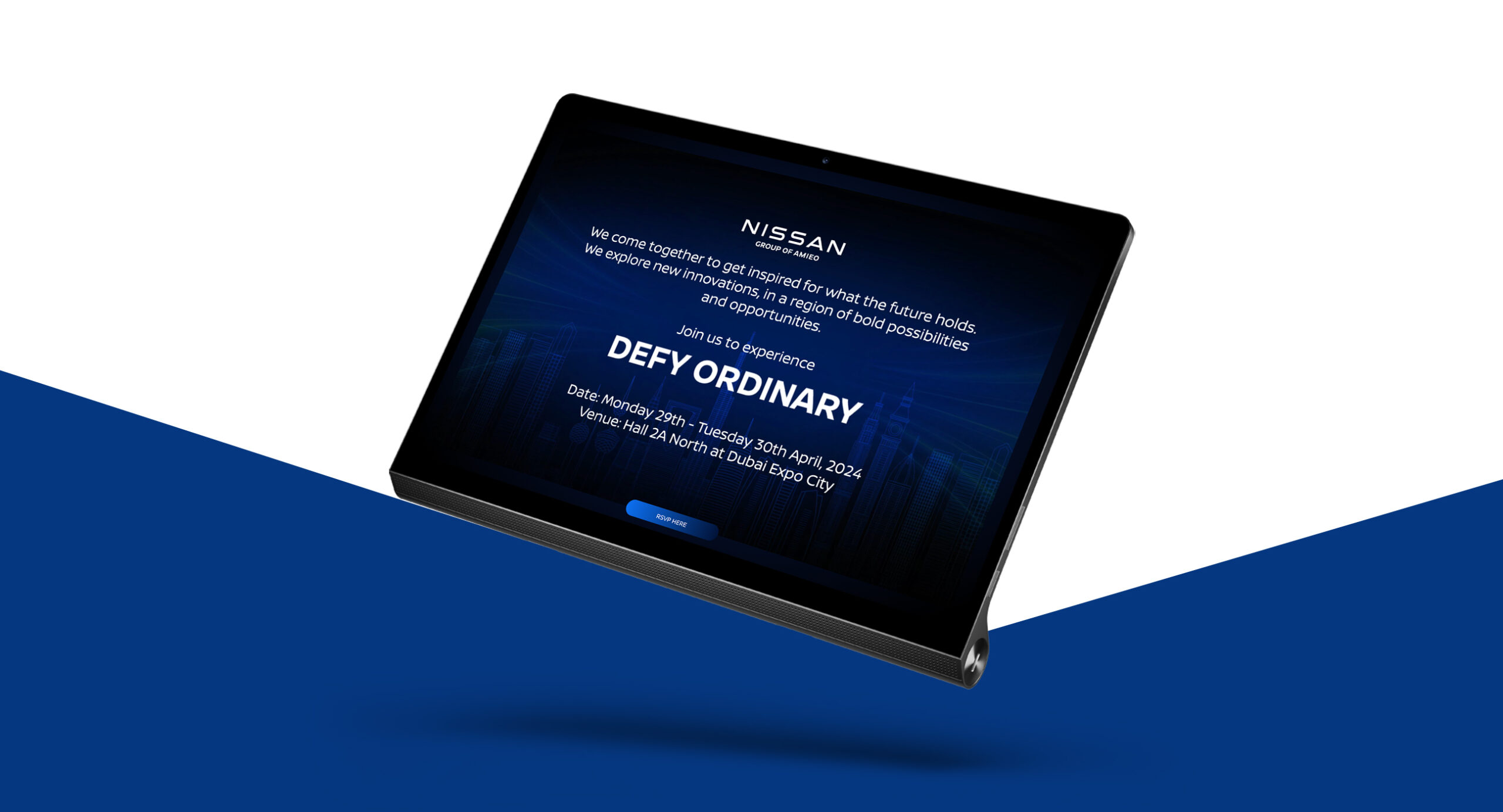If you have been following the tech news lately, you must have heard about Google Mobile First indexing which was formally launched back in July 2019. However, as per the latest updates, google completes switch to mobile-first indexing on July 5th 2024. When this happens, all websites on the web will be crawled by the mobile Googlebot. This results in the indexed web content and ranking being aligned with what’s being visible on mobile devices.
In other words, the mobile version of your business website will act as the first information source about your domain for Google. Therefore, it’s highly recommended to make your website mobile-friendly by implementing various mobile first indexing best practices else it could experience significant drops in search rankings and vanish away from search results in the future, leading to a potential loss of organic traffic.

How do mobile first indexing best practices affect SEO?
For those asking what is mobile first-indexing, Google defines the process in which a website’s mobile version is crawled by the search engine for indexing and ranking. So what will happen once google mobile first indexing becomes effective? There will be consequences and how well-designed and high-performing your desktop site may be, its mobile counterpart will now hold the key to determining your search engine rankings and visibility.
Okay, how does mobile-first indexing affect SEO? The first thing is that websites designed for mobile devices will be given higher priority in mobile-first indexing, therefore, the website must maintain the same quality as your desktop version.
This shows the growing popularity of fast-loading, user-friendly and responsive websites and therefore when making optimizations, it has to be specifically focused on making it mobile-friendly first. Google has realised the evolving digital landscape and started making the transition to mobile-first indexing way back in 2016.
Now that it’s confirmed that creating a mobile-friendly site is the only way to stay in the game, 3 configurations can be chosen to create one. This includes choosing a responsive design, a dynamic serving or separate URLs. However, googles mobile first indexing update recommends the responsive design because it is easy to implement and maintain. Also, the mobile and desktop pages are identical and adjust to various screen sizes.
Shifting to mobile-first indexing means giving more priority to mobile design, adaptability, mobile-first UI/UX optimization, etc. This effectively translates to implementing technical optimization strategies and ensuring mobile accessibility.
Debunking the mobile first indexing myth
Despite the technology and its benefits, there are still various myths circulating about mobile-first indexing. Let us examine them below:
The first myth is that mobile-first indexing directly impacts website rankings. It doesn’t work that way because even after transitioning to mobile-first indexing, the website position doesn’t have any negative impact on Google search results. Another mobile first indexing myth is that mobile-friendliness and mobile-first indexing are considered the same, however, that isn’t true. Even though mobile-friendliness is an important ranking factor in search results, it’s not the same as mobile-first indexing.
Things to know about mobile first indexing
Alright, you are now familiar with the Google mobile first indexing and the various configurations to make your website mobile accessible. Let’s explore the various mobile first indexing best practices which you can implement to make your website mobile-ready.
Emphasize mobile-friendly content
When a user visits your website and struggles to locate content by having to zoom in and out, this is a clear sign that your web contents aren’t optimized for mobile. Unfortunate situations like this result in a negative user experience which isn’t good. This is exactly why you must enhance readability by giving more emphasis to mobile-friendly content. This includes adding shorter paragraphs, legible fonts and making the content concise.
Coherent User Experience
Another one of the most mobile first indexing tips is providing the same user experience on both mobile and desktop. Not only does this enhance user experience but also helps with indexing but it also effectively reinforces your brand’s online identity. When users visit your website on both platforms, they must encounter a unified experience, therefore, it is essential to create a user-friendly interface that seamlessly adapts to the various screen sizes thereby appealing to a wider audience.
Enhance visual appeal
Adding and optimizing the images and videos on your website not only helps with improved visual appeal but also helps with enhancing user experience, visibility and more. Crawlabiluty of these elements allows Google to understand and index them with ease. Also, when choosing visual content, make sure to select widely supported formats that ensure compatibility on all devices.
Optimize page loading speed
Looking for useful mobile first indexing tips? This one’s for you. Having fast-loading websites on all types of network conditions and computing power is crucial to a smoother user experience and increased search engine rankings. To make that happen, you must fine-tune and optimize your website’s loading times. This is something that most users appreciate in the long run so if you notice your website becoming slow, rectifying it immediately is essential.
Ensure there are no rendering issues
Even though it’s important to have Google crawl and index your website, ensuring there are no rendering issues is also crucial. Rendering allows Googlebot to properly read the code and assess the contents of your website and having issues can affect the search engine’s ability to properly process the data and make it difficult to rank in organic search results. This makes it one of the most important mobile first indexing best practices.
Winding up
As you know the deadline to enable Google Mobile First indexing on your website is nearing, so it has become a necessity to make your website mobile-friendly. If it ain’t optimized for mobile usability, then all the traffic, ranking, etc your website has gained will start to lose, which should be avoided at all costs.
By making necessary adjustments and fine-tuning by following Google’s recommended configuration and the strategies mentioned above, you can stay in the game and improve your search rankings. Also by optimizing your website for mobile, you can adhere to the search engine giant’s latest indexing system and give more priority to user satisfaction.
Contact us for any queries at GTECH, the best SEO Company in dubai.
Related Post
Publications, Insights & News from GTECH








